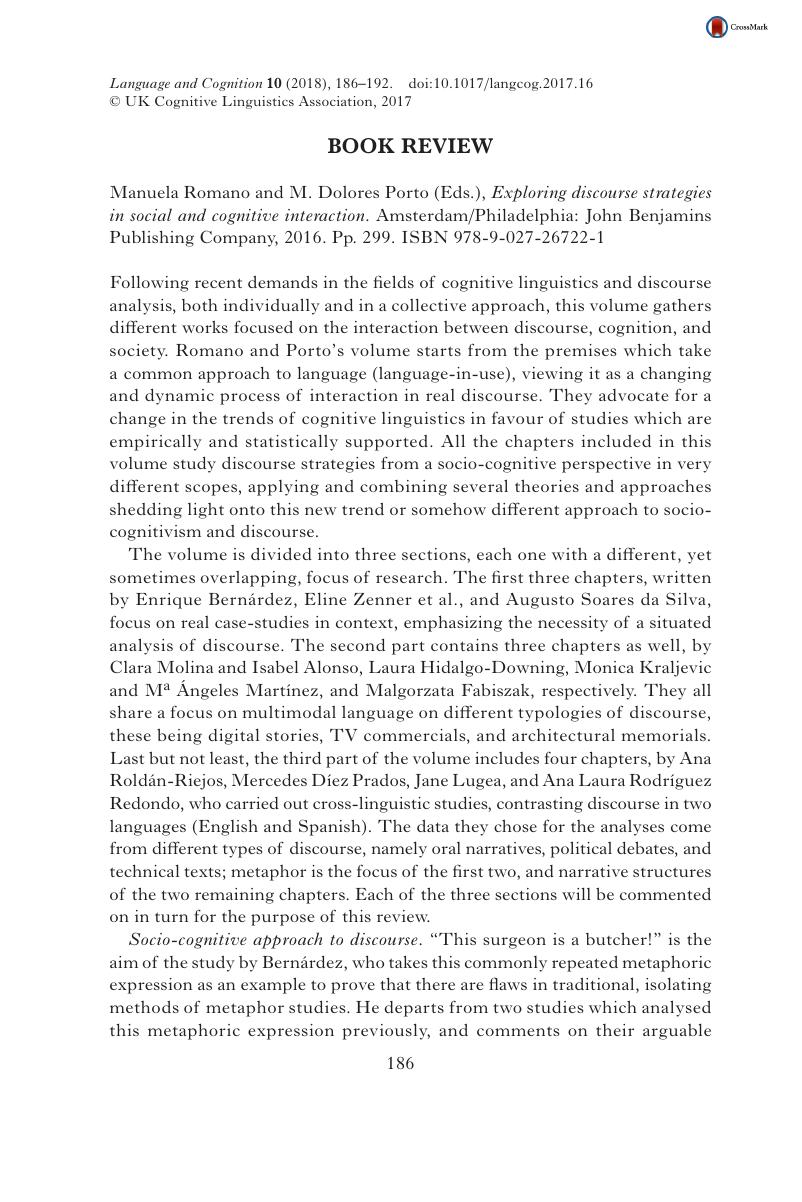Crossref Citations
This article has been cited by the following publications. This list is generated based on data provided by Crossref.
Н И, Сперанская
О Е, Яцевич
В В, Юдашкина
and
С А, Ковалевская
2018.
РАБОТА С ТЕРМИНАМИ В ТЕХНИЧЕСКОМ ВУЗЕ ПРИ ОБУЧЕНИИ ИНОСТРАННОМУ ЯЗЫКУ
.
Журнал "Вестник Челябинского государственного педагогического университета",
p.
156.
Shevchenko, Iryna
2024.
Migration discourse: a cognitive-pragmatic vantage point.
The Journal of V.N. Karazin Kharkiv National University. Series: Foreign Philology. Methods of Foreign Language Teaching,
p.
77.




